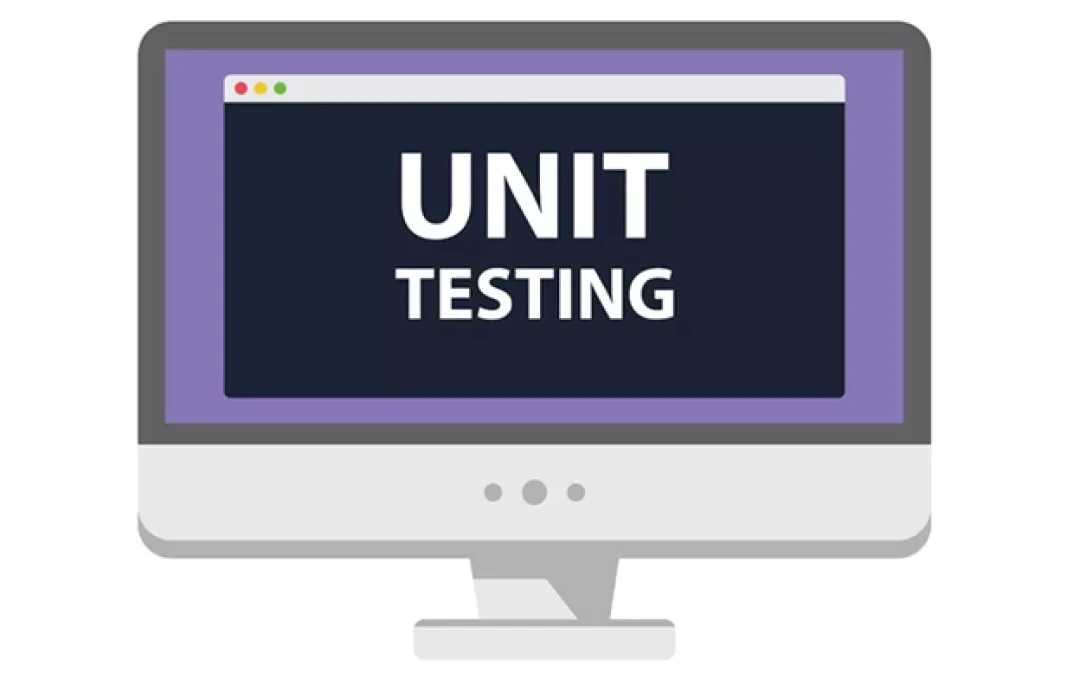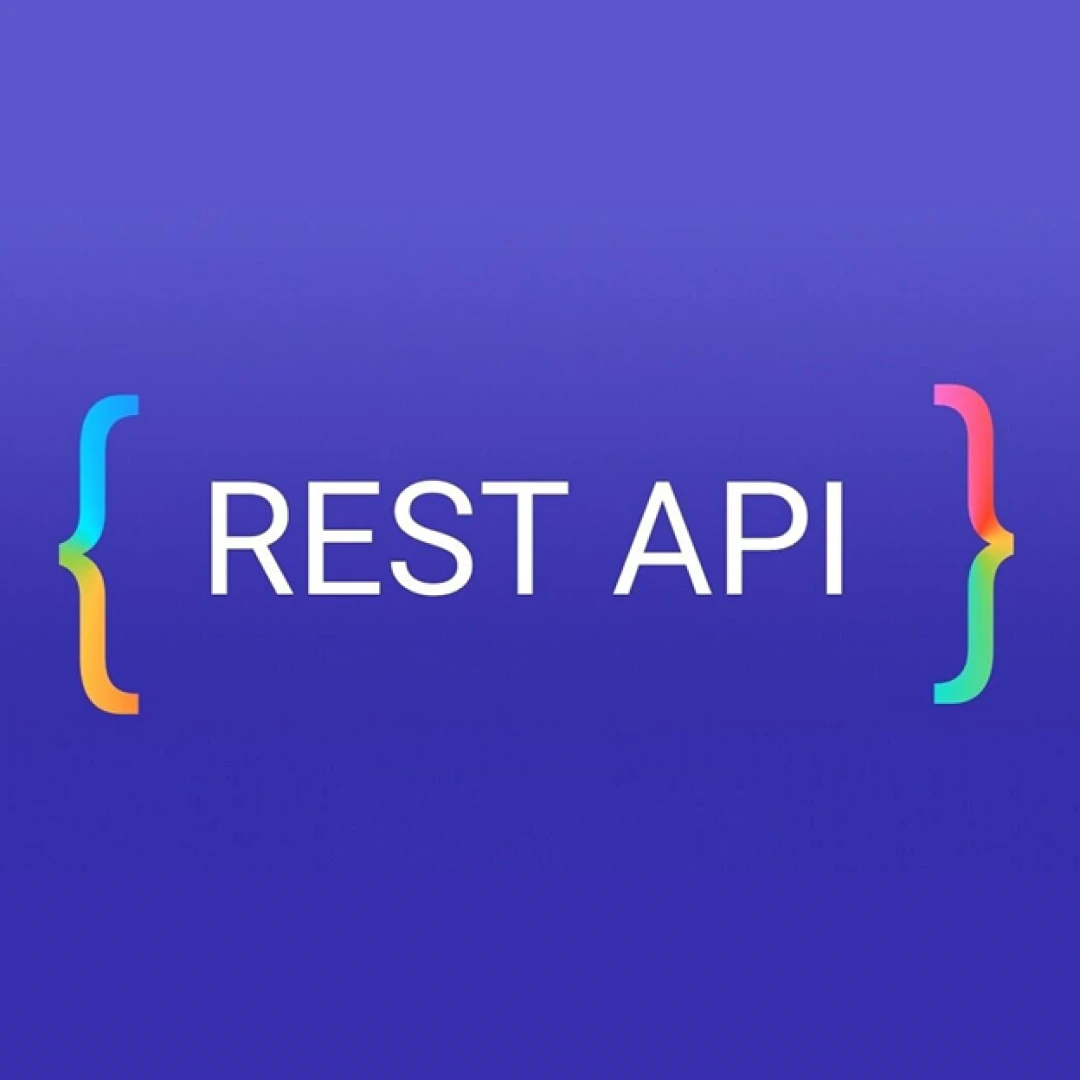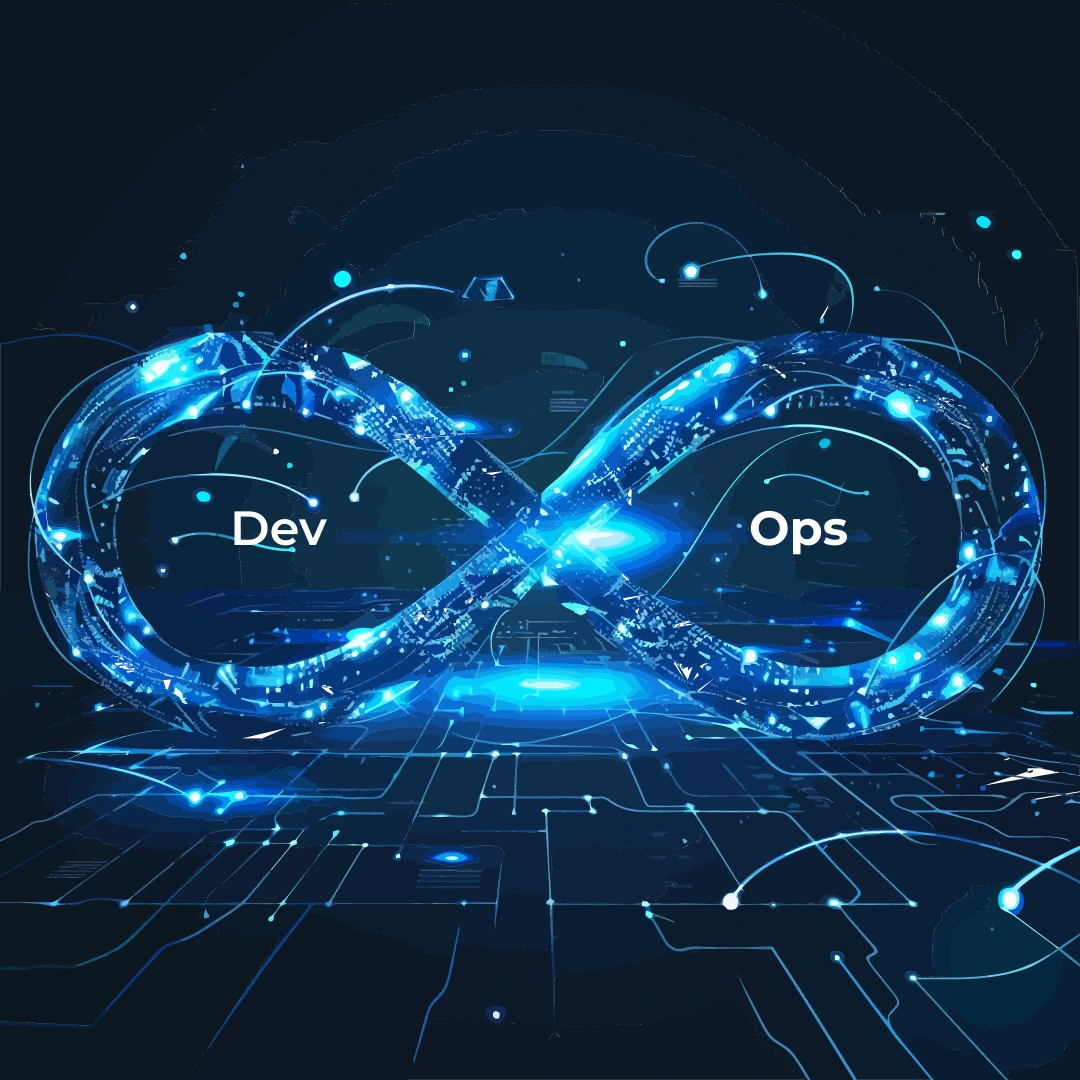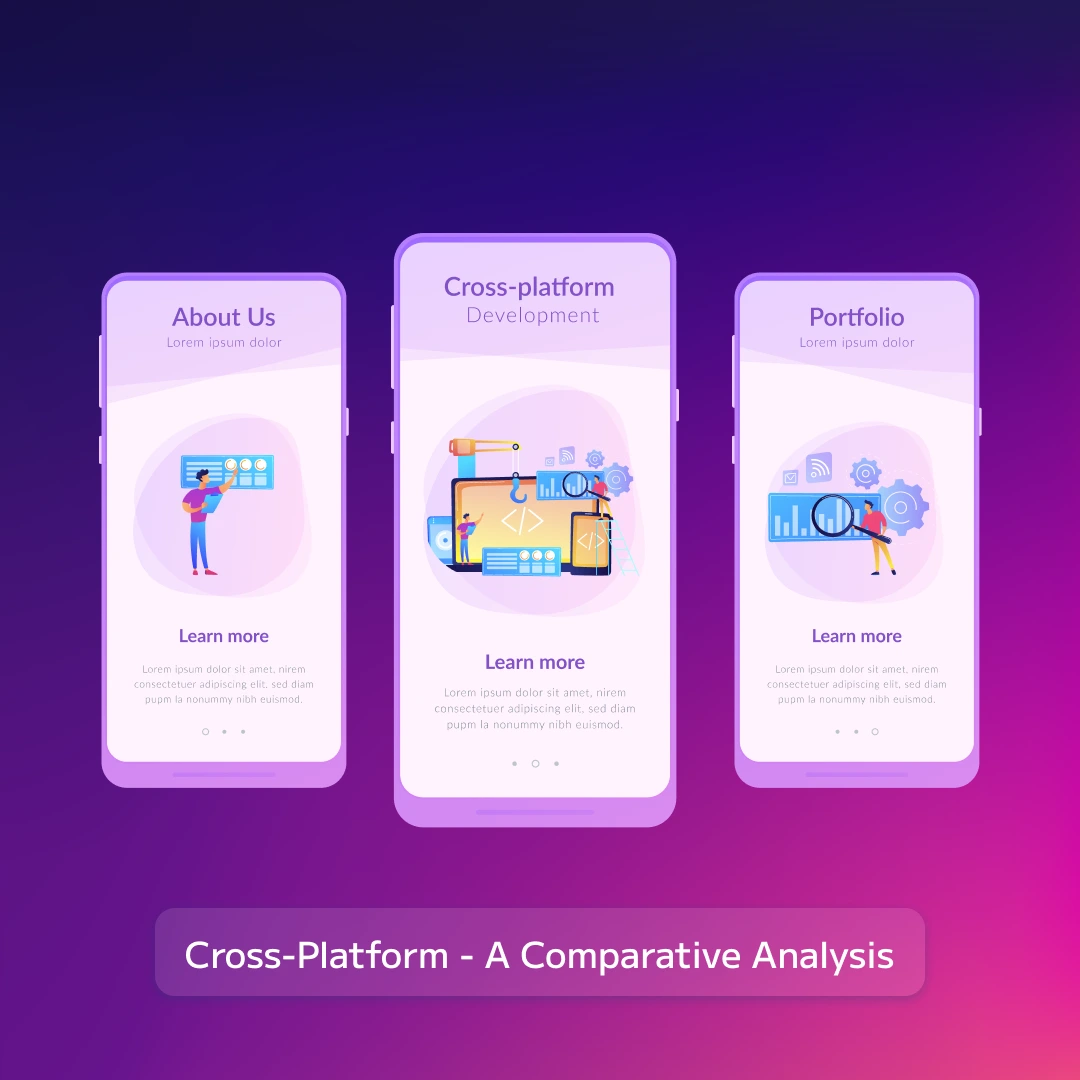

Table of Contents
- The Evolution of Software Development Methodologies
- Waterfall vs. Agile
- Core Principles of Agile Methodologies
- Real-World Examples of Agile Success
- Conclusion
- FAQs

The Evolution of Software Development Methodologies
For decades, the Waterfall methodology dominated software development, which relied on a linear approach with distinct stages. While effective in structured projects, Waterfall lacked the adaptability needed for today’s rapidly changing tech environments. This is where Agile comes in. Unlike the traditional Waterfall model, Agile is iterative, allowing teams to break down tasks into smaller, manageable cycles known as sprints. This shift is critical because it brings more agility and responsiveness, both of which are indispensable in the modern tech world.
Waterfall vs. Agile
The key difference between Waterfall and Agile is the flexibility offered by the latter. Waterfall follows a strict sequence—requirements, design, implementation, testing, and maintenance. Agile, on the other hand, embraces change and allows teams to continuously refine and improve their product throughout the development cycle.
Core Principles of Agile Methodologies
Agile isn't just a methodology; it's a mindset. The Agile Manifesto outlines four core values:
- Individuals and interactions over processes and tools.
- Working software over comprehensive documentation.
- Customer collaboration over contract negotiation.
- Responding to change over following a plan.
These values are what make Agile the ideal choice for software development, where requirements can shift rapidly. Collaboration, customer feedback, and adaptability are at the heart of Agile's success.
Popular Agile Frameworks
Agile methodologies come in various frameworks, each with its own approach to software development. Let’s explore the three most popular ones:
Scrum
Scrum is one of the most widely adopted Agile frameworks. It breaks down development into sprints, typically lasting 2-4 weeks. Each sprint focuses on delivering a usable product increment. Scrum encourages teams to review progress regularly and make adjustments as necessary.
Kanban
Kanban is all about visualizing the workflow. With Kanban boards, teams can see the status of tasks in real-time, from "To Do" to "In Progress" and "Done." This visual approach helps teams manage work in progress (WIP) and avoid bottlenecks.
Lean Development
Lean focuses on eliminating waste and optimizing efficiency. In software development, this means streamlining processes, reducing unnecessary tasks, and delivering value faster.
Scrum: The Backbone of Agile
Scrum is often seen as the backbone of Agile because it provides a structured yet flexible framework. Scrum divides work into sprints and relies heavily on three key roles:
- Scrum Master:
- Product Owner:
- Development Team:
Facilitates the process and removes obstacles.
Represents the stakeholders and ensures the product delivers value.
Focuses on building the product.
At the end of each sprint, teams hold a review to assess progress, making Scrum an iterative, feedback-driven process.
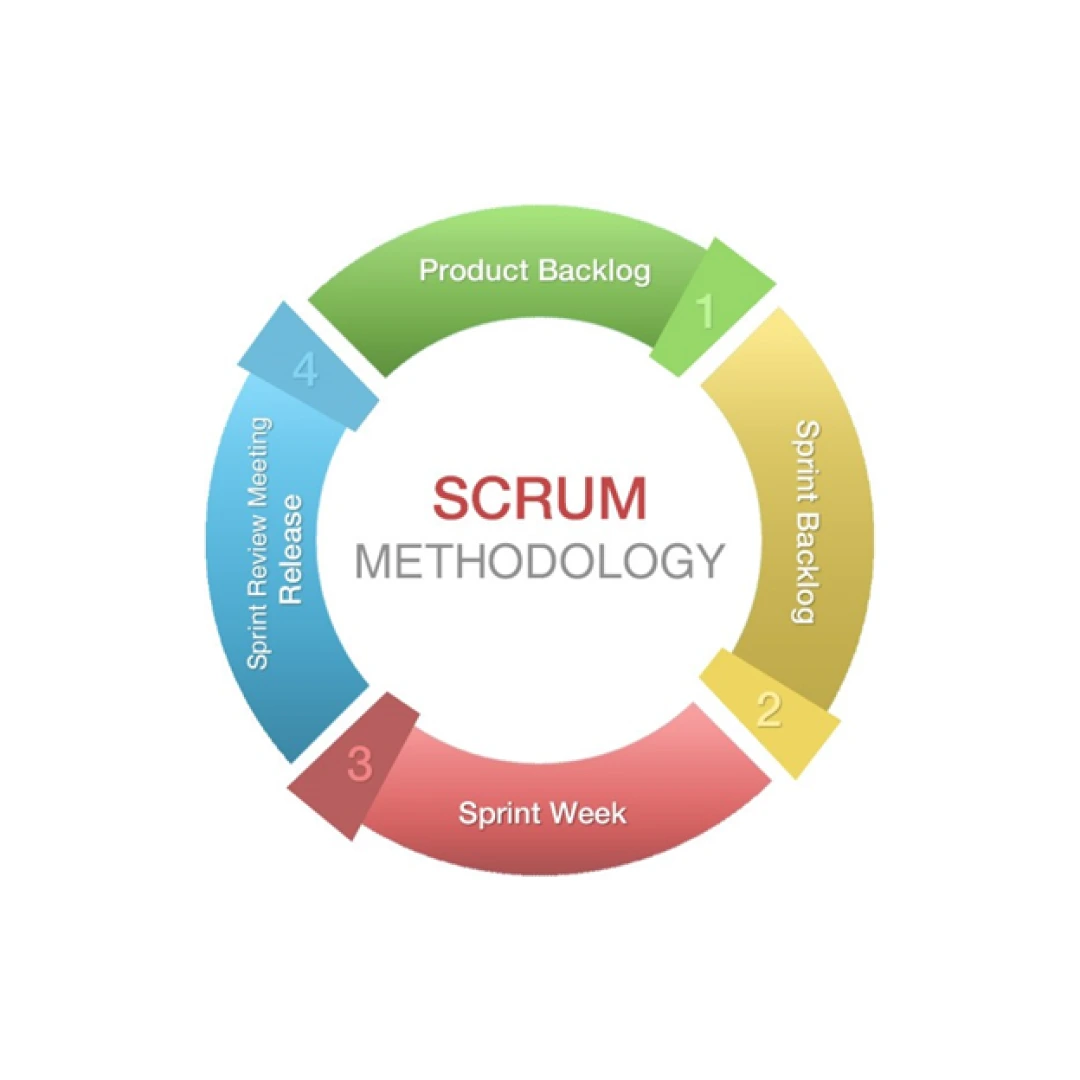
Kanban: Visualizing Workflow for Efficiency
Kanban's visual nature makes it incredibly easy for teams to track progress. Each task is represented on a Kanban board, and teams limit the number of tasks in progress to avoid overload. This constant visualization helps teams deliver work faster while maintaining high quality.
Lean Development: Cutting Waste for Faster Delivery
In Lean Development, every task must add value. Anything that doesn’t is considered waste and is eliminated. This approach allows teams to focus on what truly matters, resulting in faster delivery and more satisfied customers.
How Agile Drives Collaboration in Teams
One of the biggest strengths of Agile is its emphasis on collaboration. Agile teams often use daily standup meetings to discuss progress, potential blockers, and goals for the day. These quick, focused meetings ensure that the entire team stays aligned and problems are addressed immediately.
Agile and Continuous Integration/Continuous Delivery (CI/CD)
Agile goes hand-in-hand with Continuous Integration and Continuous Delivery (CI/CD). By integrating code frequently and delivering software updates in small, incremental steps, Agile teams can identify and fix bugs earlier, reducing the risk of major issues later on.
Agile and DevOps: A Perfect Partnership
DevOps and Agile complement each other beautifully. Agile focuses on fast, flexible development, while DevOps ensures smooth, automated deployment and maintenance. Together, they create a seamless pipeline from development to production.
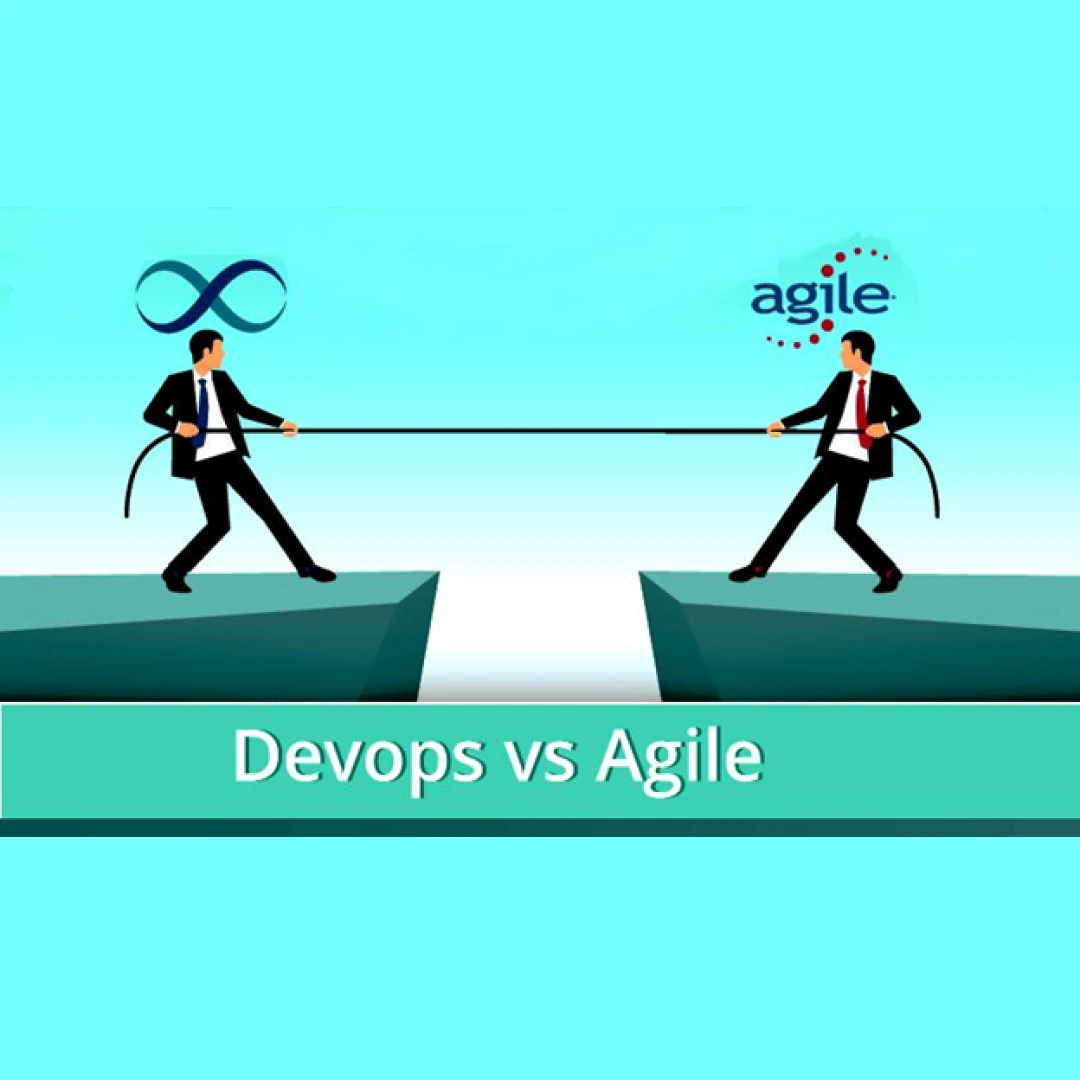
Challenges of Implementing Agile Methodologies
Despite its benefits, Agile isn't without challenges. Resistance to change is common, especially in organizations used to traditional methods. Misalignment between teams or management and a lack of understanding of Agile principles can also hinder successful adoption.
Tools for Agile Software Development
To effectively implement Agile, teams often rely on tools like:
- Jira:
- Trello:
- GitLab:
A popular tool for tracking sprints and tasks.
A visual tool using Kanban-style boards.
An integrated platform for DevOps and Agile collaboration.
The Benefits of Agile in Modern Software Development
The benefits of Agile are clear: faster time to market, higher quality products, and increased customer satisfaction. By continually iterating and improving, Agile allows teams to meet customer needs in real-time.
Real-World Examples of Agile Success
Many tech giants have embraced Agile to their advantage. Companies like Spotify and Microsoft use Agile methodologies to innovate quickly and deliver top-tier products.
Conclusion
Agile methodologies have revolutionized modern software development, enabling teams to work more efficiently, collaborate better, and deliver high-quality products faster. As the digital world continues to evolve, Agile will undoubtedly remain a cornerstone of successful software projects.
Our experts guide teams through Agile transformation, from initial planning and sprint management to iterative testing and deployment. This ensures a seamless workflow where client feedback is prioritized, improvements are made continuously, and projects align closely with business goals. With Blue IT Systems as a partner, organizations gain a competitive edge through streamlined, customer-focused software development.
FAQs
- What is the most widely used Agile framework?
- Can Agile be used for non-software projects?
- How long does it take to transition to Agile?
- What are common mistakes when adopting Agile?
- How does Agile handle changes in project requirements?
Scrum is the most widely used Agile framework due to its structured yet flexible approach.
Yes, Agile principles can be applied to any project that requires adaptability and iterative progress.
Transitioning to Agile depends on the organization, but it typically takes several months to fully adopt.
Common mistakes include lack of proper training, poor communication, and resistance to change.
Agile is designed to handle changes effectively, with frequent reviews and adjustments built into the process.

